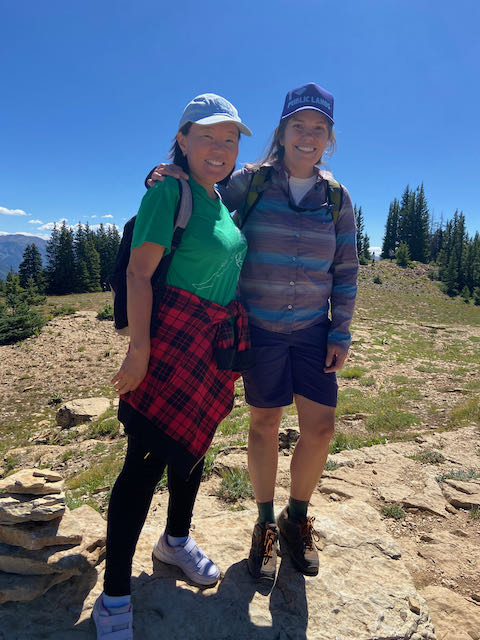Hamline University MAEd NSEE Application Essay
It’s a beautiful day on the Crystal River, a high mountain stream in the Southern Rockies of Colorado. Twenty fifth graders from the local school are here to become “junior geomorphologists,” investigating the lay of the land and how it affects the health and flow of the river. They are instructed to make observations, measurements, and to obtain a general overall feeling of the place before heading to a neighboring river system that is not so healthy. There they will complete a comparative study of the two river systems. The students finish their data sheets, and then begin playing by the river, flipping rocks, moving logs, getting their feet wet, building rock dams in the river, laying on the edge of the river with their hands in the river, watching, listening, and experiencing the place without being instructed to do so; I let it naturally happen. Environmental education is a place based opportunity to explore how the one’s world (community or environment) works and an understanding of how one fits into their landscape as an empowered participant working to solve issues and create healthy futures for the entire community.
Environmental education is place-based, relevant and authentic. Providing learners the opportunity to explore and understand their surroundings is critical to their connection with their community. Teaching learners about topics and ideas that are relevant to the time, to the learner, and to the learner’s community fords an opportunity to create invested citizens who will in turn be more likely to care for their place. Providing learners authentic openings to explore and investigate the world around them creates personal connections that are difficult to replicate through other means of learning. The best environmental educators are also interpreters helping learners develop emotional and intellectual connections with the place or resource they are exploring.
I do this thing, environmental education, in so many ways: school programs, field trips, adult walks and talks, tours, raft trips, bike rides, large family events, websites, interpretive media, non-personal interpretation, and more. Two commonalities in all of these is always making sure to answer the “so what? ” of whatever the educational opportunity and using maps. There must be a relevant reason to the program, an opportunity for a learner to connect to the program, a moral to the story, a reason to care. I always use maps when teaching. Helping learners with their spatial awareness and location in relation to everything else is critical to understanding how their communities work. Mapping activities build skills which allow learners to understand where they are and that they are members of the landscape too.
Environmental education in its best form is interdisciplinary, experiential, relevant, and most of all, fun. As an environmental educator I have tremendous potential to affect the lives of so many learners, empowering them to understand their relationship with their landscape, realize how the landscape works, and that they have the ability to contribute to solving issues and creating healthy sustainable futures for themselves and their communities.


Comments
Post a Comment